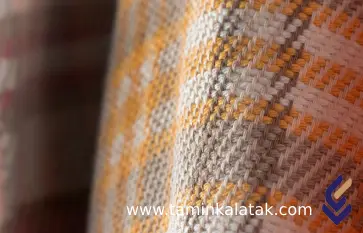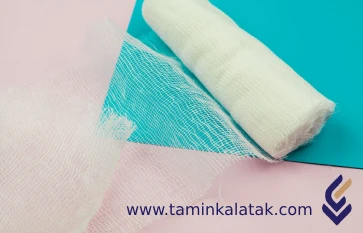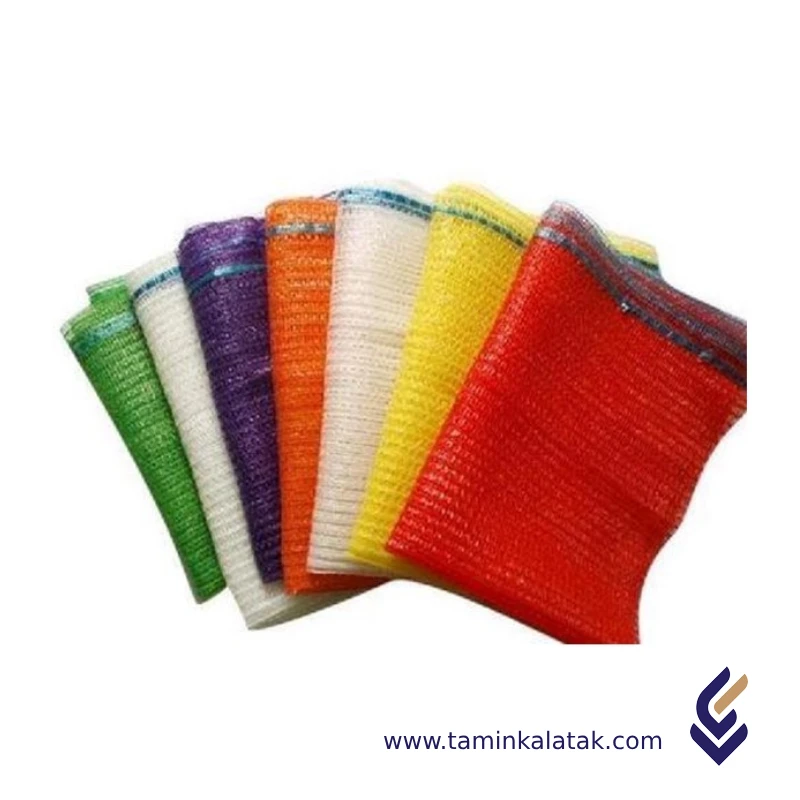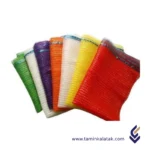Polymers are made up of very large molecules made up of many repeating units called monomers, which ultimately form this long polymer chain
Polypropylene or PP is one of the most widely used thermoplastic plastics in the world. This polymer is made from the monomer propylene and is widely used in various industries due to its unique properties such as high chemical resistance, low density, and heat resistance.
polypropylene (PP Textile)
Polypropylene (PP) textile grade refers to a specialized form of polypropylene resin engineered for textile applications. It is a lightweight, synthetic polymer that offers durability, chemical resistance, and cost-effectiveness. This grade of PP is designed specifically for fiber production, which is then converted into woven, nonwoven, or knitted fabrics for various applications.
Structure
Polypropylene (PP) textile grade is a lightweight, semi-crystalline thermoplastic polymer composed of repeating propylene (C₃H₆) units. It is primarily found in the isotactic form, where the methyl (-CH₃) groups are aligned on the same side of the polymer chain, resulting in high crystallinity (50-70%) and enhanced mechanical properties. This structure gives polypropylene excellent tensile strength, flexibility, and durability, making it suitable for various textile applications. With a low density of around 0.90-0.91 g/cm³, it is one of the lightest synthetic fibers available. Additionally, it is highly hydrophobic, meaning it does not absorb moisture, which makes it ideal for moisture-wicking applications.
Properties
Polypropylene (PP) textile grade is a lightweight and durable synthetic fiber with a unique combination of physical, mechanical, thermal, and chemical properties. It has a low density of around 0.90-0.91 g/cm³, making it one of the lightest synthetic fibers available, while its hydrophobic nature prevents moisture absorption, ensuring quick drying and resistance to mildew. The material exhibits high tensile strength, good elongation, and excellent abrasion resistance, making it ideal for applications requiring durability, such as ropes, carpets, and industrial fabrics. With a melting point of approximately 165°C, polypropylene offers good thermal stability, although it has a lower heat resistance compared to materials like polyester and nylon. Chemically, it is highly resistant to acids, alkalis, and organic solvents, but it has a low affinity for dyes, requiring special treatments for coloration. While it is susceptible to UV degradation, stabilizers can be added to improve its resistance to sunlight. Additionally, polypropylene is recyclable, resistant to mold and bacteria, and easy to process into various forms such as fibers and nonwoven fabrics. These properties make it a popular choice for applications in nonwoven textiles, medical fabrics, sportswear, upholstery, and filtration materials.
Applications
Polypropylene textile-grade fibers are widely used in various industries due to their lightweight, durability, and moisture-resistant properties. Some key applications include:
Application
- Nonwoven Fabrics: Used in medical textiles, surgical masks, hygiene products (diapers, sanitary pads), and geotextiles.
- Ropes and Nets: High-strength and lightweight ropes for marine, fishing, and industrial uses.
- Carpets and Upholstery: Used in household and commercial carpets due to stain resistance and durability.
- Sportswear and Activewear: Moisture-wicking properties make it suitable for athletic clothing, socks, and thermal wear.
- Filtration Fabrics: Employed in air and liquid filtration systems due to its chemical resistance.
- Industrial Textiles: Reinforcement fabrics for automotive, construction, and packaging applications.
Advantages
- Lightweight: One of the lightest synthetic fibers, making it comfortable and cost-effective in applications.
- Moisture-Resistant: Does not absorb water, making it quick-drying and resistant to mold and mildew.
- High Tensile Strength: Strong and durable, suitable for heavy-duty textile applications.
- Chemical and Stain Resistance: Resists acids, alkalis, and organic solvents, ensuring longevity.
- Thermal Insulation: Low thermal conductivity makes it useful in cold-weather garments.
- Recyclable: Eco-friendly as it can be melted and reused.
Disadvantages
- Low Dyeability: Has a low affinity for dyes, requiring special treatments to achieve vibrant colors.
- UV Sensitivity: Prolonged exposure to sunlight can degrade the fibers unless UV stabilizers are added.
- Low Heat Resistance: Begins to soften at relatively low temperatures (~165°C), limiting its use in high-temperature applications.
Limited Elastic Recovery: Does not return to its original shape as well as materials like polyester or spandex.
Applications
| Applications | , , , , |
|---|
PP
| Prodact | Grade | MFI (g/10 min) | Density (g/Cm3) | Process metod | Application / Description | Data Sheet | MSDS | Brochure |
|---|---|---|---|---|---|---|---|---|
| Polypropylene | HP 525 J | 3,00 | 0.9 | Biaxially Oriented Polypropylene (BOPP) Film Production,Thermoforming | BOPP packaging films Solid Phase Thermoforming sheets | |||
| Polypropylene | HP 550 J | 3,00 | 0.9 | Extrusion,Thermoforming | Film yarn, raffia, tapes, and strapping. Baler twines, packaging twines, and ropes. Brush and broom fillings | |||
| Polypropylene | HP 510 L | 6,00 | 0.9 | Extrusion | Baler twines, packaging twines, and ropes Brush and broom fillings,Straws | |||
| Polypropylene | HP 552 R | 25,00 | 0.9 | Extrusion | wipes, tissues , straps | |||
| Polypropylene | HP 564 S | 42,00 | 0.9 | Extrusion | Medical textiles Hygiene products Agricultural covers Geotextiles |












